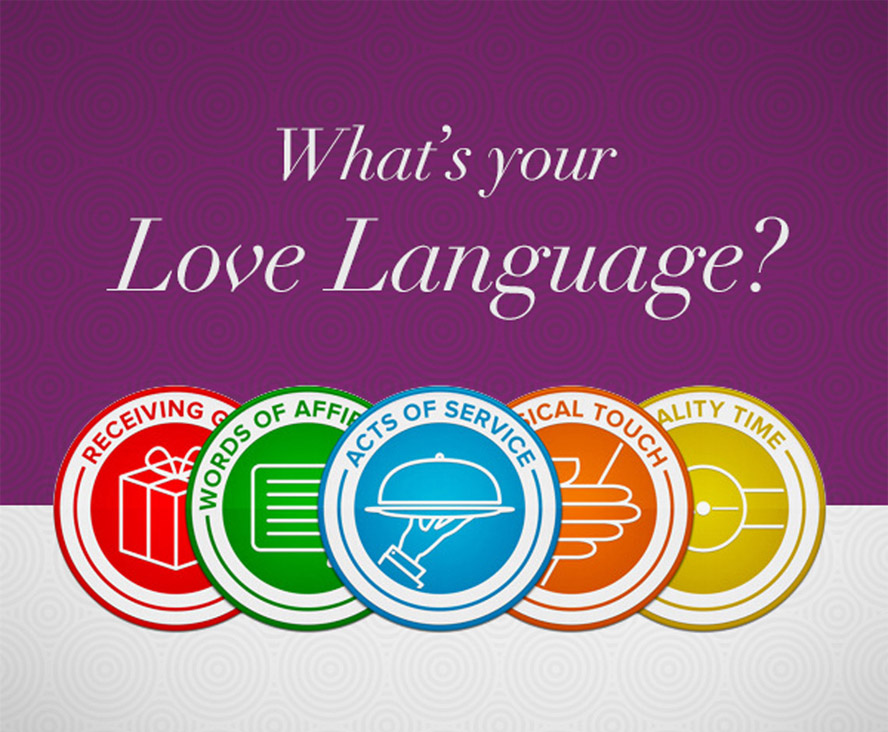Love is a complex and beautiful emotion that manifests differently for each person. Ever wondered why your partner feels loved when you express affection in a certain way? Enter the realm of the “Five Love Languages” – a concept pioneered by Gary Chapman. Let’s explore these languages and how they can transform your relationships.
What Are the Five Love Languages?
Gary Chapman’s groundbreaking book, “The 5 Love Languages,” unveils how people express and receive love: words of affirmation, quality time, physical touch, acts of service, and gifts. Understanding these languages is like deciphering a secret code to deepen your emotional connection.
Words of Affirmation: The Power of Positive Words
In the world of love languages, ‘Words of Affirmation’ shine. Discover how a simple compliment or an encouraging message can light up your partner’s world. This language revolves around expressing love through spoken words, building a foundation of positivity and appreciation.
Quality Time: Undivided Attention for a Lasting Connection
Unplug, engage, and connect. Quality time, the love language that values presence over present. Dive into the art of being fully present with your partner, fostering a deep and lasting connection beyond modern life’s distractions.
Physical Touch: Beyond Words, the Language of Intimacy
Explore the realm of physical touch, a language beyond verbal communication. This love language speaks volumes about closeness and connection, from a gentle touch to an intimate hug.
Acts of Service: Small Gestures, Big Impact
Discover the profound impact of acts of service on your relationship. From doing the dishes to running errands, learn how small gestures can speak louder than words for those who appreciate acts of service as their primary love language.
Receiving Gifts: A Token of Love and Thoughtfulness
Gift-giving is an art, especially for those who resonate with ‘Receiving Gifts’ as their love language. Uncover the significance of thoughtful presents and how they serve as tangible expressions of love and affection.
How Love Languages Benefit Relationships
Delve into how understanding and applying love languages can transform your relationship. From promoting selflessness to aiding personal growth, these languages act as a roadmap to a more fulfilling and harmonious connection.
Love Languages Promote Selflessness
Explore the concept at the heart of Chapman’s theory – focusing on your partner’s love language cultivates selflessness. Discover the joy of expressing love in a way that truly resonates with your loved one.
Love Languages Create Empathy
Step into your partner’s shoes and experience love through their lens. Learn how understanding your partner’s love language enhances empathy, fostering emotional intelligence and deepening your connection.
Love Languages Help Maintain Intimacy
Uncover the secrets to maintaining intimacy in your relationship. Regularly discussing and fulfilling each other’s love tanks leads to a deeper, more profound connection that stands the test of time.
Love Languages Aid Personal Growth
Embark on a journey of personal growth as you navigate the intricacies of your partner’s love language. Discover the transformative power of expressing love in ways that challenge and expand your comfort zone.
Love Languages Help You Share Love in Meaningful Ways
Explore how speaking your partner’s love language transforms your actions into intentional and meaningful expressions of love. Learn to say “I love you” in a language that resonates with your partner, creating a bond that is noticed, appreciated, and cherished.
Love Languages in Everyday Life
Unravel the universality of love languages as they extend beyond romantic relationships. Understanding and applying love languages enrich all facets of human connection, whether with parents, children, coworkers, or friends.
Criticisms of the Love Language Theory
While love languages have proven transformative for many, it’s essential to acknowledge the criticisms and limitations of this theory in the realm of relationships.
Many People Misuse the Languages
Explore how some individuals turn love languages into a competitive game, potentially straining relationships. Learn the importance of embracing understanding and appreciation, even when love languages differ.
They Don’t Fix Other Relationship Problems
While love languages are a powerful tool, they aren’t a cure-all for every relationship woe. Discover the importance of combining love languages with effective communication and self-regulation.
They May Lead to Pressure on Partners
Examine the potential pitfalls of using love languages, such as partners feeling pressured to conform. Emphasize recognizing and appreciating efforts, even when they don’t align perfectly with expectations.
They Perpetuate Heteronormativity
Address the critique that Chapman’s model initially focuses on heterosexual couples. Consider how this limitation may affect individuals in diverse relationships and orientations.
Conclusion
Understanding the five love languages provides a roadmap to deeper connections and lasting relationships in the intricate dance of love. Embrace the uniqueness of each language, navigate the potential pitfalls, and watch your relationships flourish.
FAQs
- Can love languages change over time?
- Yes, love languages can evolve, especially during significant life changes or stressors.
- How do I identify my partner’s love language?
- Observe their preferences and pay attention to how they express love. Communication is key—ask them directly!
- Can I be in a relationship with someone who has a different love language?
- Absolutely! Understanding and respecting each other’s languages can enhance your connection.
- Do love languages apply to non-romantic relationships?
- Yes, love languages extend to family, friends, and coworker relationships.
- What if my partner and I have different primary love languages?
- Embrace the diversity, communicate openly, and make efforts to understand and fulfill each other’s needs.
